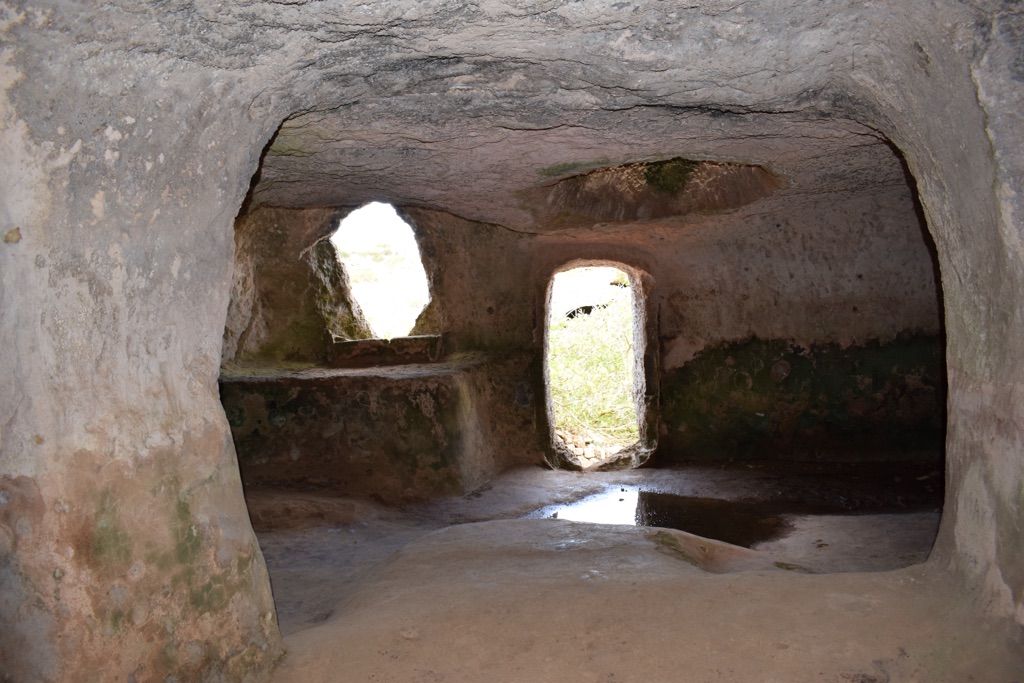The Necròpolis de Cala Morell is a prehistoric burial site on the island of Menorca, Spain. It features a series of cave tombs carved into the rocky cliffs overlooking the Mediterranean Sea. These tombs date back to the Bronze Age and were in use until the 2nd century AD. The site is a testament to the island’s ancient funerary practices and provides insight into the beliefs and customs of the early inhabitants of Menorca.
Get your dose of History via Email
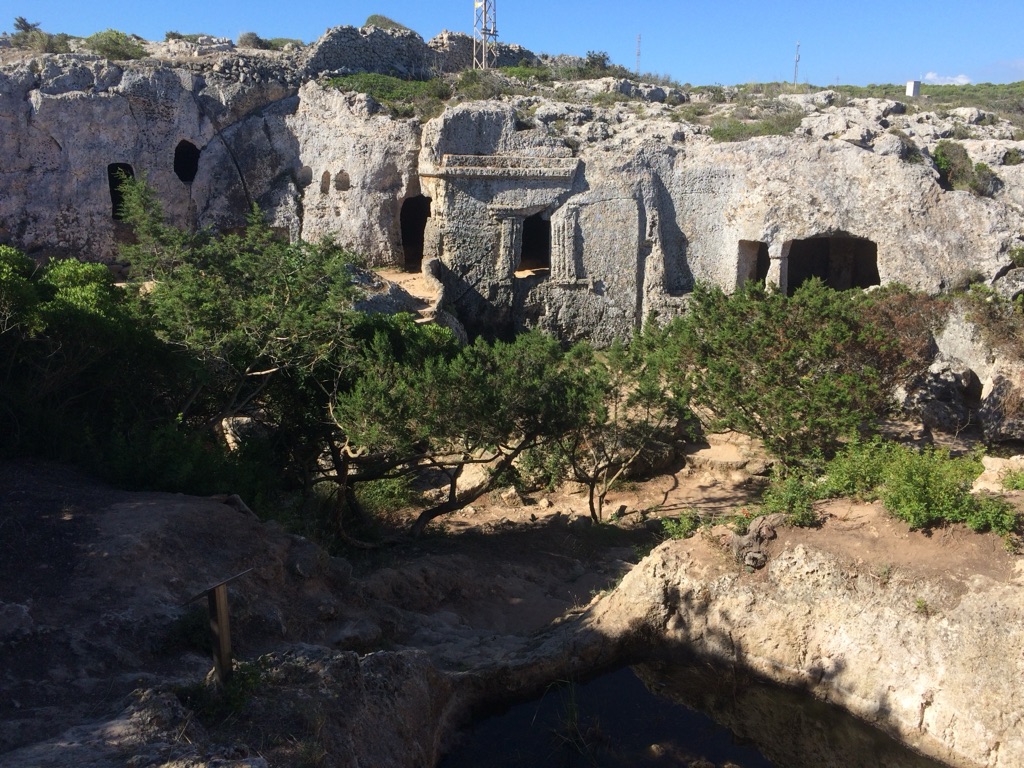
Historical Background of Necròpolis de Cala Morell
Archaeologists discovered the Necròpolis de Cala Morell in the 20th century. The exact date and discoverer remain unclear, but the significance of the find was immediately evident. The prehistoric inhabitants of Menorca, known as the Talayotic people, built these tombs. They carved the necropolis into the limestone cliffs, creating a lasting monument to their dead.
Over time, the site saw various cultural influences, including Roman. However, the original purpose and design remained largely intact. The Talayotic culture was known for its megalithic structures, and the necropolis fits this pattern. It was not the scene of any known historical events but stands as a silent witness to thousands of years of history.
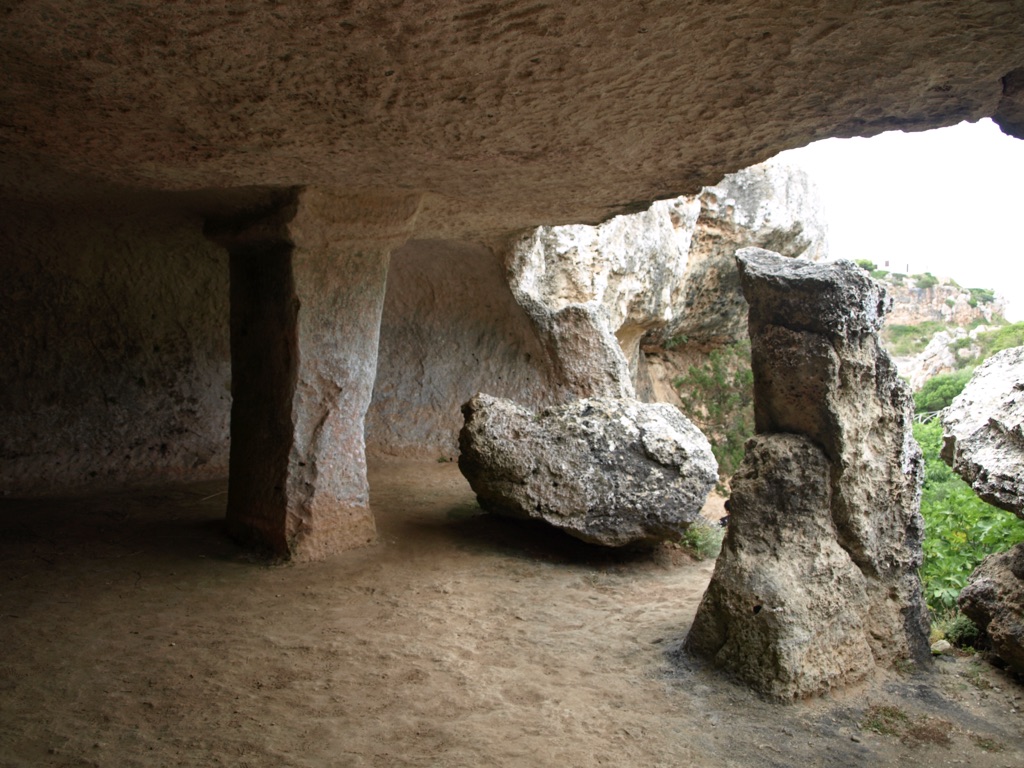
The tombs were used for collective burials, a common practice in prehistoric Menorca. This suggests a strong community focus on the afterlife and ancestor veneration. The site’s continued use over centuries indicates its importance to the local culture and its resilience through changing times.
While the Talayotic people left no written records, the necropolis provides valuable clues about their society. The careful construction and intricate designs suggest a sophisticated understanding of stonework and a complex belief system. The site’s preservation allows modern visitors to step back in time and explore these ancient practices.
Today, the Necròpolis de Cala Morell is an important archaeological site. It offers a unique glimpse into the prehistoric past of Menorca and the Balearic Islands. The site is open to the public, allowing people to connect with the island’s ancient history firsthand.
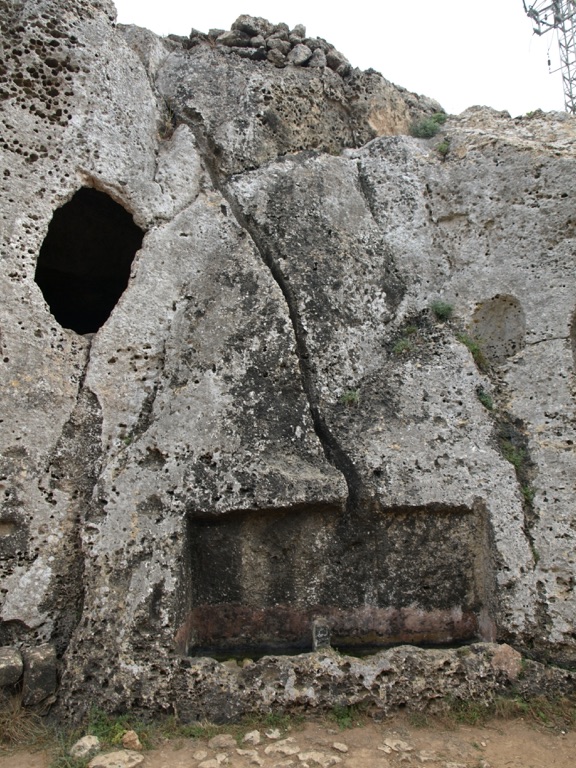
About Necròpolis de Cala Morell
The Necròpolis de Cala Morell consists of fourteen tombs, each uniquely designed yet sharing common features. The tombs are hewn directly from the cliff face, creating a dramatic and enduring landscape. The site’s natural beauty, combined with its historical significance, makes it a popular destination for both tourists and scholars.
The construction techniques used to create the tombs were advanced for their time. The builders used simple tools to carve the limestone, a testament to their skill and patience. The tombs vary in size and complexity, with some featuring multiple chambers and false doors, while others are simpler in design.
Architectural highlights include the pillared entrances and carved reliefs found on some tombs. These features suggest a reverence for the dead and a desire to honor them with elaborate resting places. The use of space and the positioning of the tombs also indicate a well-planned approach to the necropolis’s layout.
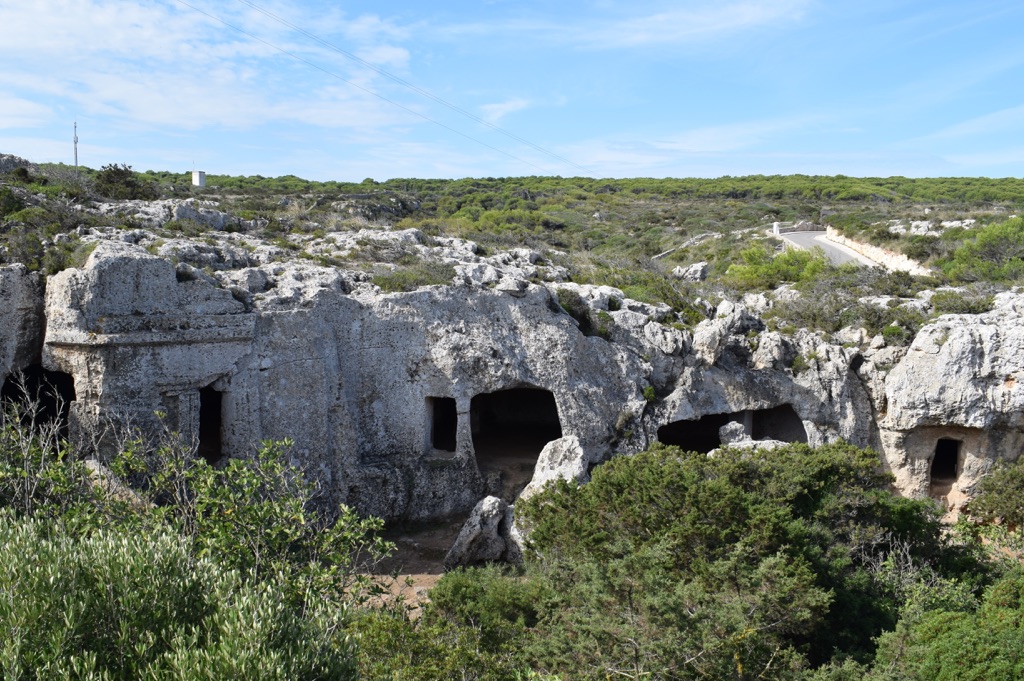
The building materials were locally sourced limestone, readily available and easily worked. This choice of material has contributed to the site’s longevity, as limestone weathers slowly and can withstand the elements over millennia. The natural caves in the area may have inspired the tomb designs, reflecting the landscape’s influence on the culture.
The Necròpolis de Cala Morell’s preservation allows for a detailed study of Talayotic funerary architecture. The site’s condition provides a rare opportunity to understand the construction methods and cultural practices of an ancient civilization that left few other traces behind.
Theories and Interpretations
Several theories exist about the use and significance of the Necròpolis de Cala Morell. The most widely accepted view is that it served as a collective burial site, a common practice in prehistoric Mediterranean cultures. The presence of multiple bodies in single tombs supports this theory.
Some mysteries surround the site, such as the exact rituals performed here and the meaning of the carvings. Without written records, archaeologists must rely on the physical evidence and comparisons with other contemporary sites to interpret these aspects. The carvings may represent religious or spiritual beliefs, but their precise significance remains unknown.
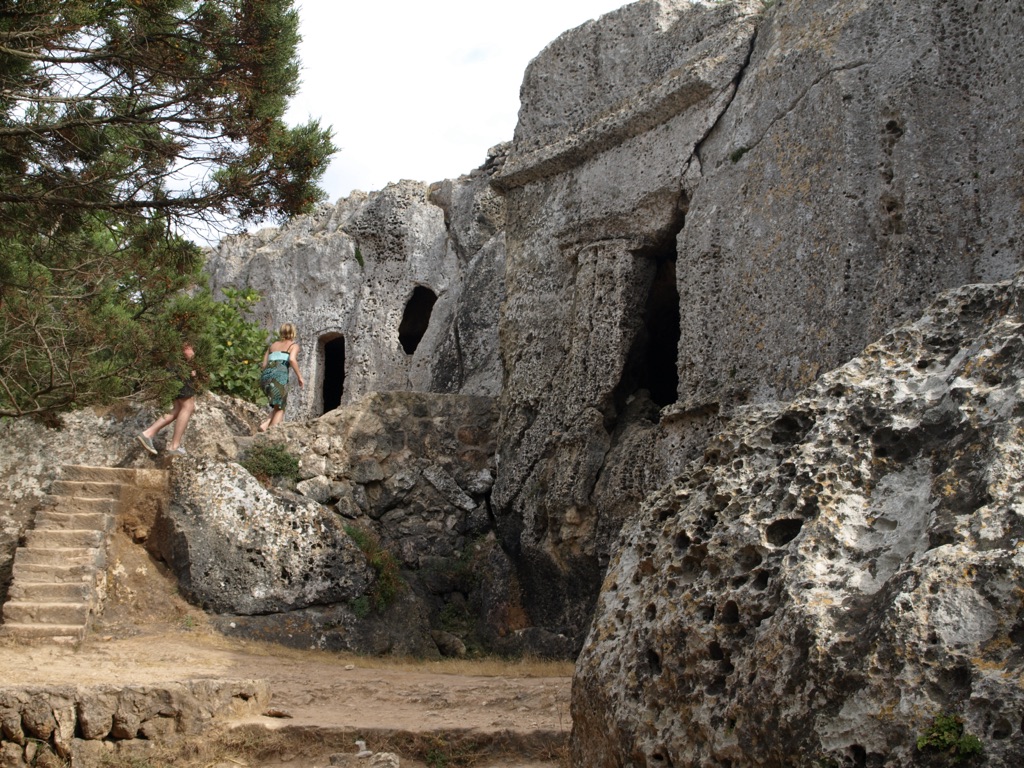
Historians have matched the architectural styles and burial practices to the broader Talayotic culture of the Balearic Islands. This comparison has helped to place the necropolis within the context of regional history. The site’s continued use over time suggests that it retained its cultural importance even as societies evolved.
Dating of the site has been carried out using methods such as stratigraphy and radiocarbon dating. These techniques have helped establish the timeline of the necropolis’s use, from the Bronze Age to the Roman period. The results confirm the site’s long history and provide a chronological framework for understanding its development.
The interpretations of the Necròpolis de Cala Morell continue to evolve as new discoveries are made. Ongoing research and excavation may reveal more about the Talayotic people and their customs. For now, the site remains an enigmatic but invaluable window into the past.
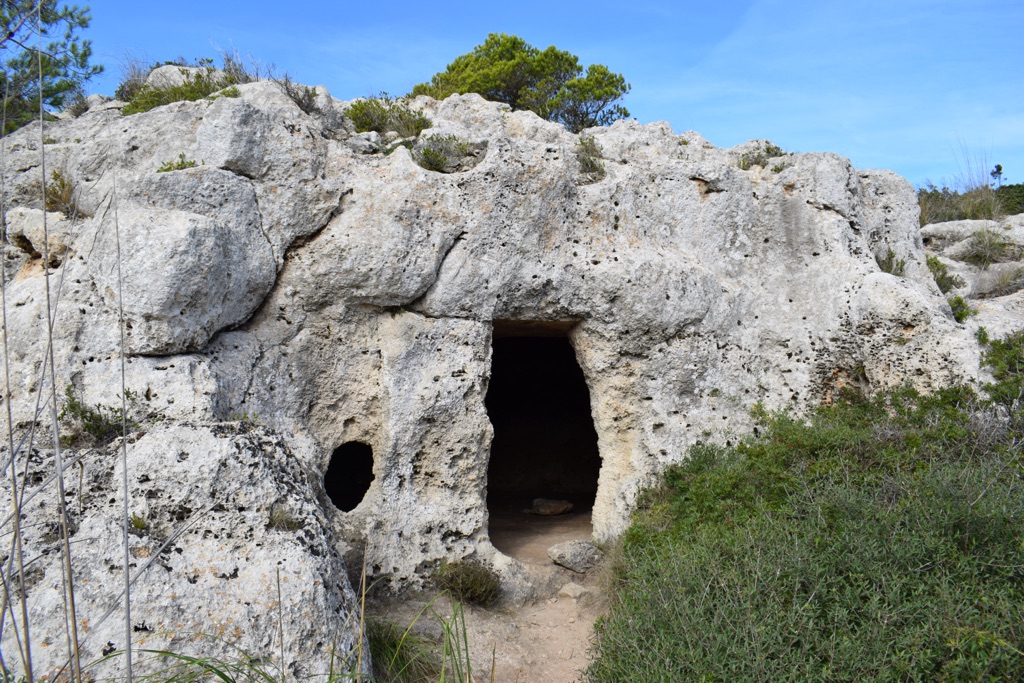
At a glance
Country: Spain
Civilization: Talayotic culture
Age: Bronze Age to 2nd century AD
Conclusion and Sources
Reputable sources used in the creation of this article include:
- Menorca.es – Official Tourism Site of Menorca: https://www.menorca.es/en/Cala_Morell_necropolis/8425

